In the intricate world of interior design, the blend of creativity and functionality transforms spaces into not just visually appealing but also highly practical environments. Every interior designer uses a core set of guidelines to shape any project, and we are no different. These fundamentals are often referred to as the 7 Elements, hence our company name! Let’s unravel the essence of interior design by exploring these seven core elements that underpin every thoughtfully designed space.
Space: Beyond Dimensions
Space is not merely the physical dimensions of a room but a canvas waiting to be brought to life. Consider spatial relationships and proportions to strike a delicate balance between form and function. Effective space planning ensures that the room feels neither cramped nor empty, but rather a harmonious blend of purposeful design.
The utilization of space in interior design extends beyond the structural. It involves a thoughtful consideration of how people move within the space, the placement of furniture, and the creation of zones that serve specific functions. The strategic use of space is particularly crucial in contemporary design, where open floor plans are common, and the delineation of areas must be deliberate.
As we delve deeper into the nuances of spatial planning, it becomes evident that the effective use of space is a dynamic and evolving process. In the context of larger spaces or multi-functional areas, flexible design solutions, such as movable partitions or modular furniture, can be employed to adapt to changing needs.
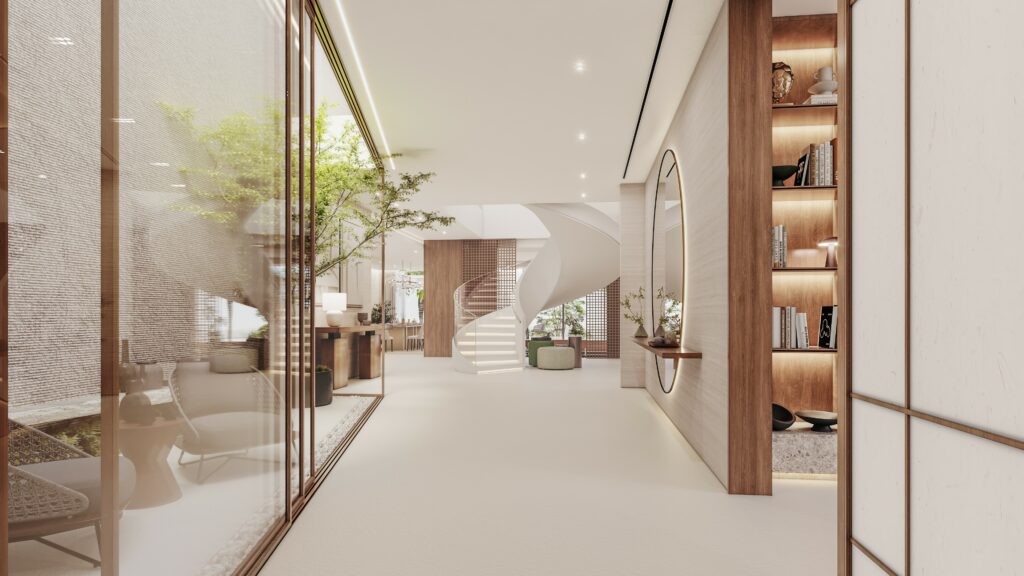
Line: Guiding the Eye
Lines act as silent guides, directing the eye through a space. Whether horizontal, vertical, diagonal, or curved, lines bring a sense of order or fluidity. Architectural features, furniture arrangements, and patterns can be strategically employed to create visual interest and a pleasing layout.
In the context of lines, the architectural features of a space play a crucial role in defining its character. Straight lines often characterize modern and minimalist designs, creating a sense of order and precision. On the other hand, curved lines introduce a softer and more organic feel, adding a touch of fluidity and grace to the overall aesthetic.
Incorporating lines into interior design involves a thoughtful balance. For instance, in a room dominated by straight lines, introducing a few curved elements, such as a round rug or circular light fixtures, can create a harmonious visual dialogue. The key is to use lines intentionally, considering the overall design goals and the atmosphere you wish to create.
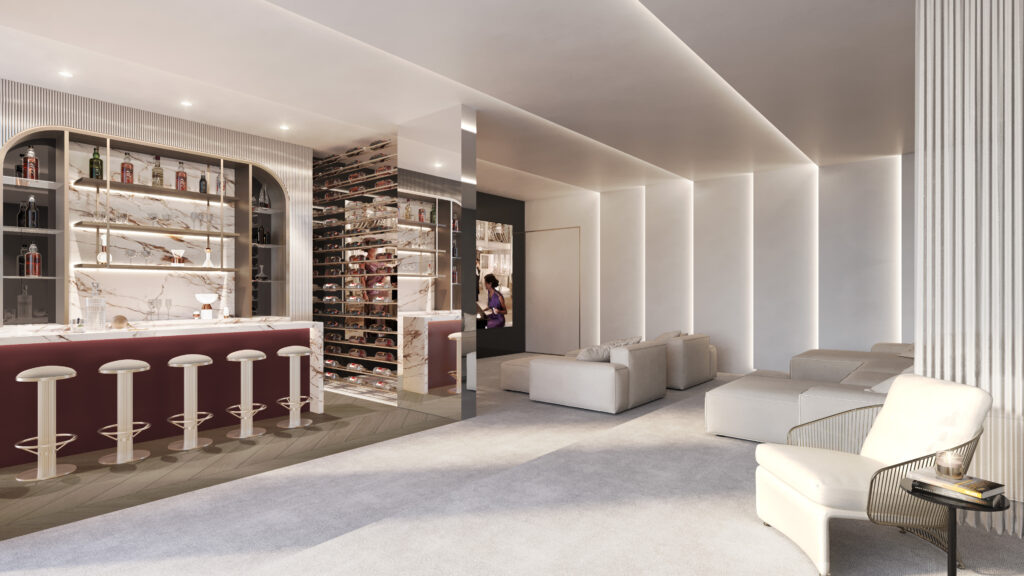
Form: Shaping the Visual Landscape
Form refers to the shapes and structures of objects within a space. A careful balance between angular and soft shapes contributes to a dynamic and visually appealing environment. Each piece of furniture and decor item plays a role in shaping the overall harmony of the space.
The concept of form in interior design extends beyond the immediate visual impact. It encompasses the functionality of each element and how it contributes to the overall user experience. The form of furniture, for example, goes hand in hand with its comfort and usability. In modern design, there’s often an emphasis on clean lines and simplicity, with furniture forms that serve a purpose without unnecessary ornamentation.
The interplay of forms in a room creates a visual rhythm. Repetition of certain shapes or the strategic placement of standout forms can establish a cohesive and inviting atmosphere. This layering of forms contributes to the depth and richness of the design, ensuring that every element serves a purpose in both aesthetics and functionality.
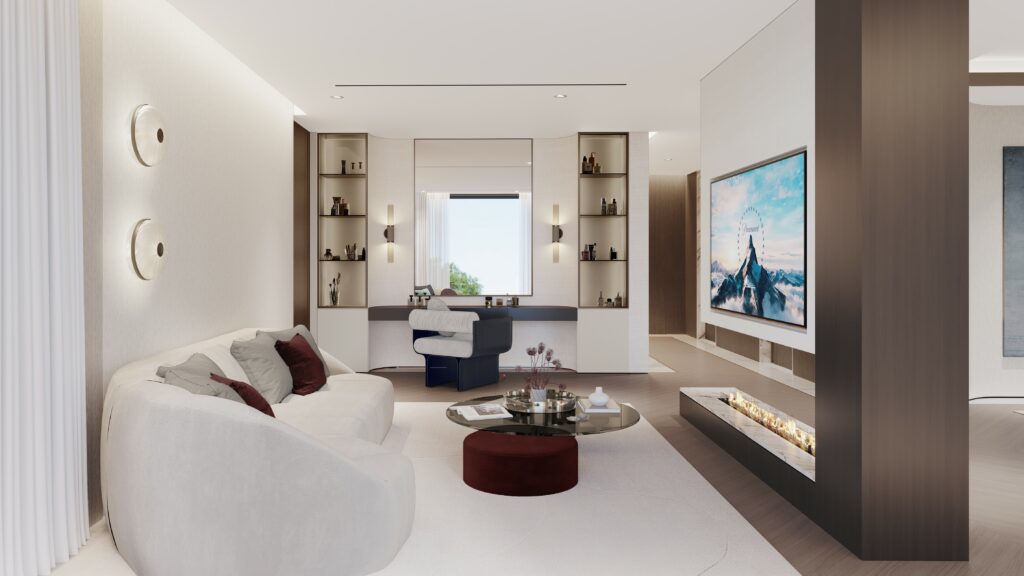
Light: Transforming Mood and Functionality
Lighting is a transformative tool that sets the mood and enhances functionality. Combine natural and artificial lighting to create layers. Experiment with fixtures to achieve the right illumination, enhancing the ambiance of the interior.
In the realm of interior design, lighting is often hailed as the unsung hero. Its significance goes beyond mere visibility; lighting has the power to evoke emotions, highlight architectural features, and define the overall character of a space.
Natural light, with its ever-changing qualities, is a sought-after element in design. Large windows, skylights, and strategically placed openings allow the infusion of natural light, creating a dynamic and inviting atmosphere. In the context of artificial lighting, layering different types—ambient, task, and accent lighting—ensures versatility and adaptability to different needs and moods.
The choice of light fixtures also plays a crucial role in the design narrative. From chandeliers to pendant lights, the design and style of fixtures contribute to the overall aesthetic of the space. In contemporary design, there’s a growing trend towards statement lighting—fixtures that not only illuminate but also serve as focal points and art pieces in their own right.
Colour: Setting the Tone
Colour serves as the palette that sets the tone for a room. It goes beyond aesthetics, evoking emotions and defining the character of the space. Striking the right colour balance, whether through warm tones for energy or cool tones for calm, enhances the overall aesthetic appeal.
The strategic use of colour is a cornerstone of interior design. It has the power to visually expand or contract a space, create focal points, and influence the perception of temperature and comfort. The psychology of colour plays a significant role, with different hues eliciting specific emotional responses.
In the context of contemporary design, there’s often an emphasis on neutral colour palettes with occasional pops of bold or contrasting colours. This approach allows for a timeless and versatile backdrop that can be easily updated with changing trends.
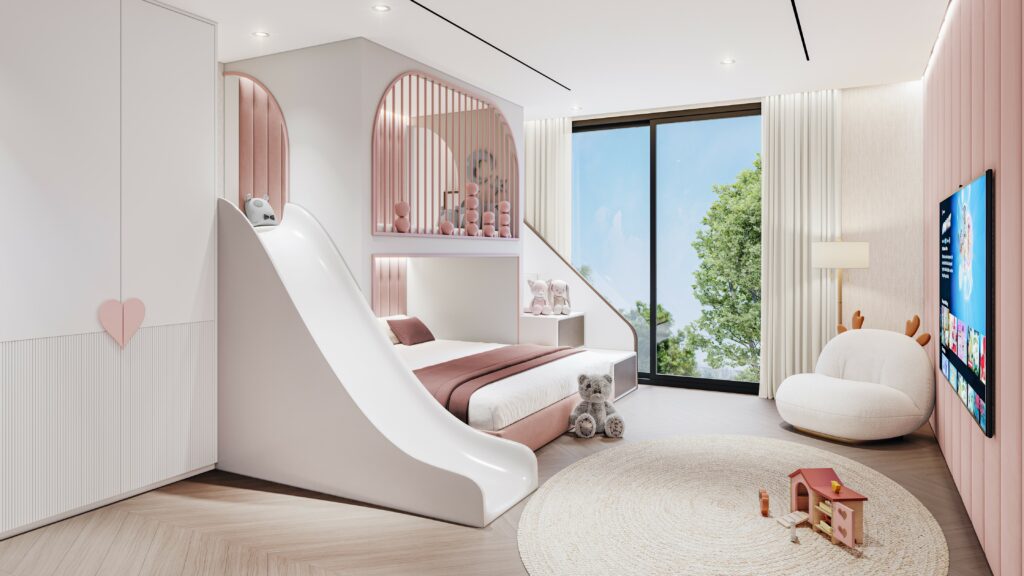
Texture: A Multisensory Experience
Texture adds another layer to the design narrative, extending beyond the visual to create a multisensory experience. The juxtaposition of smooth and rough, soft and hard surfaces enhances both the visual and tactile aspects of a room, contributing to the overall richness of the design.
In interior design, texture plays a pivotal role in creating depth and visual interest. The use of varied materials, such as wood, metal, fabric, and stone, introduces a tactile quality that engages the senses. Imagine the warmth of a plush rug underfoot, the cool touch of a marble countertop, or the inviting softness of a well-crafted sofa – these elements collectively contribute to a space that is not only aesthetically pleasing but also inviting on a sensory level.
The incorporation of texture is a powerful tool in design, particularly in spaces where a monochromatic or neutral colour scheme is dominant. In such environments, texture becomes the hero, adding complexity and preventing the space from feeling flat or one-dimensional.
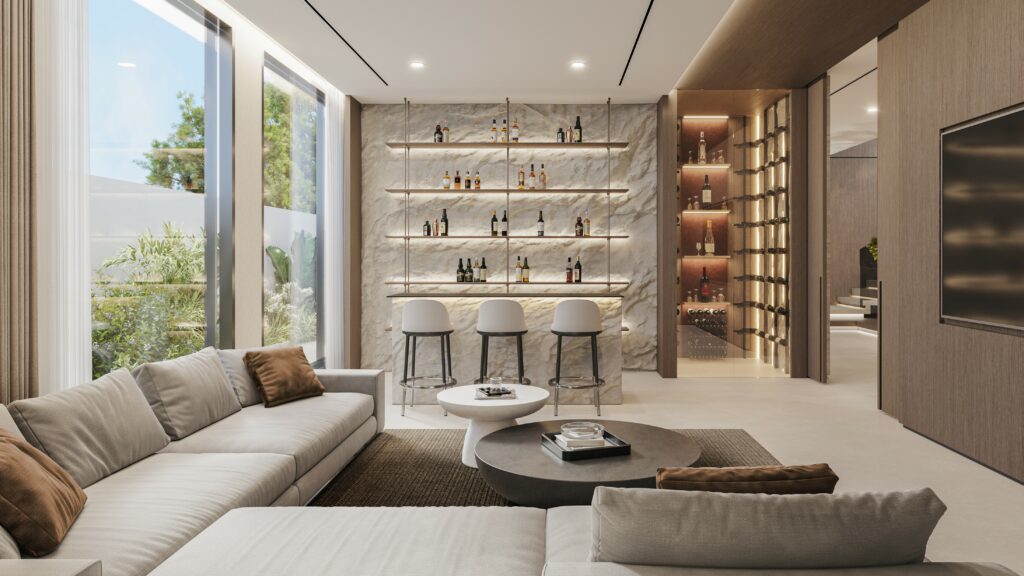
Pattern: Visual Interest and Personality
Patterns inject personality and visual interest into a space. From bold geometrics to subtle motifs, patterns can be integrated through textiles, wallpaper, and floor coverings. Striking a balance ensures a visually dynamic yet harmonious look.
Patterns have the ability to tell a story within the space. They can be a reflection of personal style, cultural influences, or historical references. Incorporating patterns is an opportunity to infuse character and individuality into the design, breaking away from monotony.
When working with patterns, consider the scale, colour, and placement. Large patterns can make a bold statement, while smaller patterns may add a delicate touch. Mixing patterns judiciously can create visual interest without overwhelming the space. Whether it’s a vibrant rug, patterned throw pillows, or an intricately designed wallpaper, the strategic use of patterns contributes to the overall design narrative.
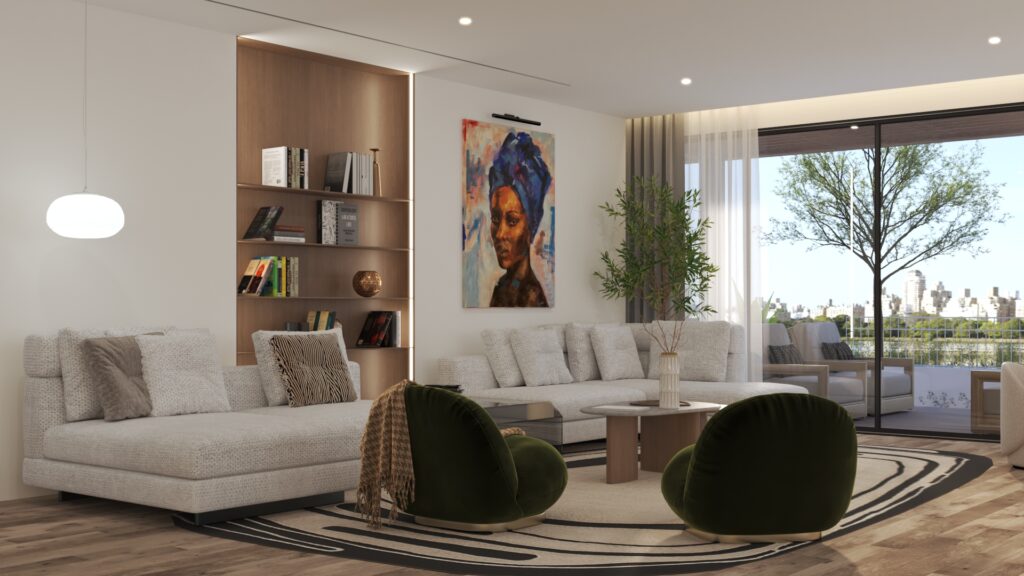
Mastering the art of interior design involves a holistic understanding and application of the seven key elements – space, line, form, light, colour, texture, and pattern. Each element contributes to the overall composition, creating a harmonious and functional environment that reflects the unique personality and preferences of its inhabitants. A well-designed interior is a testament to the thoughtful orchestration of these elements, resulting in a space that is not only visually captivating but also a joy to inhabit.

